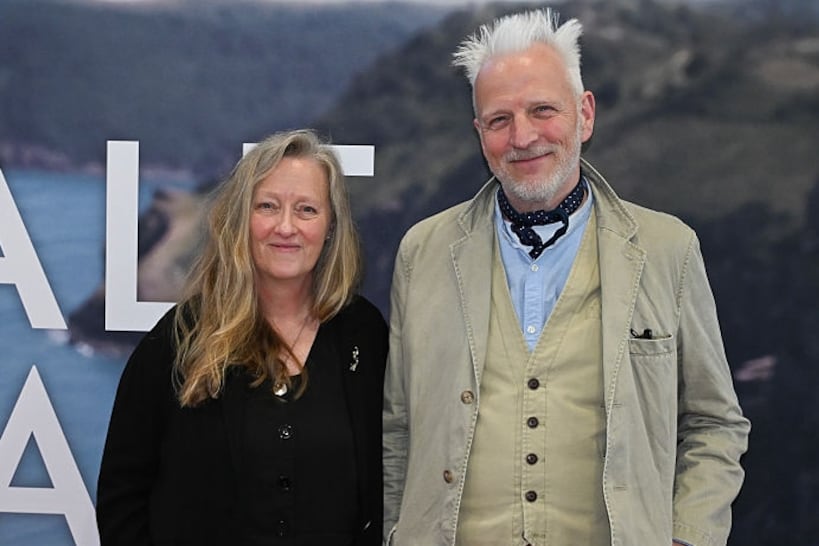The accents used in advertising voiceovers matter. That’s the conclusion of research commissioned by audio specialists IRS+ after an experiment found Irish people were less likely to skip Nissan’s current Qashqai television ad on YouTube if it was recorded in an accent from their region.
The media sales house, in conjunction with Nissan and its media buyer Spark Foundry, said audiences in Kerry, Donegal, the midlands (Laois, Offaly and Westmeath) and the southeast (Wexford, Waterford, Carlow, Kilkenny) had a lower skip rate for the Qashqai ad when the voiceover was updated with the aid of local radio DJs from its network of stations than when it had the “national” voiceover used on Nissan’s version.
Creative studio Foe ran the experiment on behalf of IRS+ for two weeks in late January and early February in a series of geo-targeted campaigns using YouTube’s “True View” format, which allows audiences to skip the ad after five seconds.
IRS+ said the experiment upheld the theory of “own accent bias” in which audiences display a preference for accents that sound more like their own.
READ MORE
The view rate for the “local” accent version was stronger in all four regions studied overall. This was especially the case in Donegal, where it was more than 5 per cent higher, and in Kerry, where it was almost 4 per cent higher. In the midlands, local outstripped “national” by 2.3 per cent, though in the southeast the gap in performance was less than 1 per cent.
The experiment broke down its findings among six age groups for each of the four areas, finding that 22 out of the 24 groups engaged more with the local accent version. Among 25-35 year-olds in Donegal, the view rate for the localised version was 8 per cent higher, while among 35-44 year-olds in Kerry, it was 6 per cent higher.
“This research proved the science of local accent bias where we ‘lean in’ and become more engaged when we hear others speaking in the same way as ourselves,” said Peter Smyth, chief executive of IRS+, which provides an ad localisation service to national radio campaigns. He said sectors including finance, telecoms, utilities, motors and fast-moving consumer goods could gain a competitive advantage by being aware of the bias.
Jeanne McGann, head of marketing and communications for Nissan Ireland, said the research confirmed that in Ireland there was “a different dynamic at play” between national and local advertising and that accent played “a critical role” in helping campaigns cut through to consumers.
IRS+ said it used Google-owned YouTube for its bias study because it has a “massive audience”, with Irish brands spending more than €22 million a year on the platform. The ads were viewed more than 15,000 times over the two-week period of the study.














